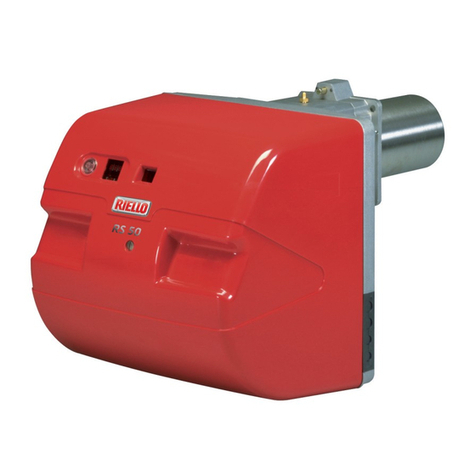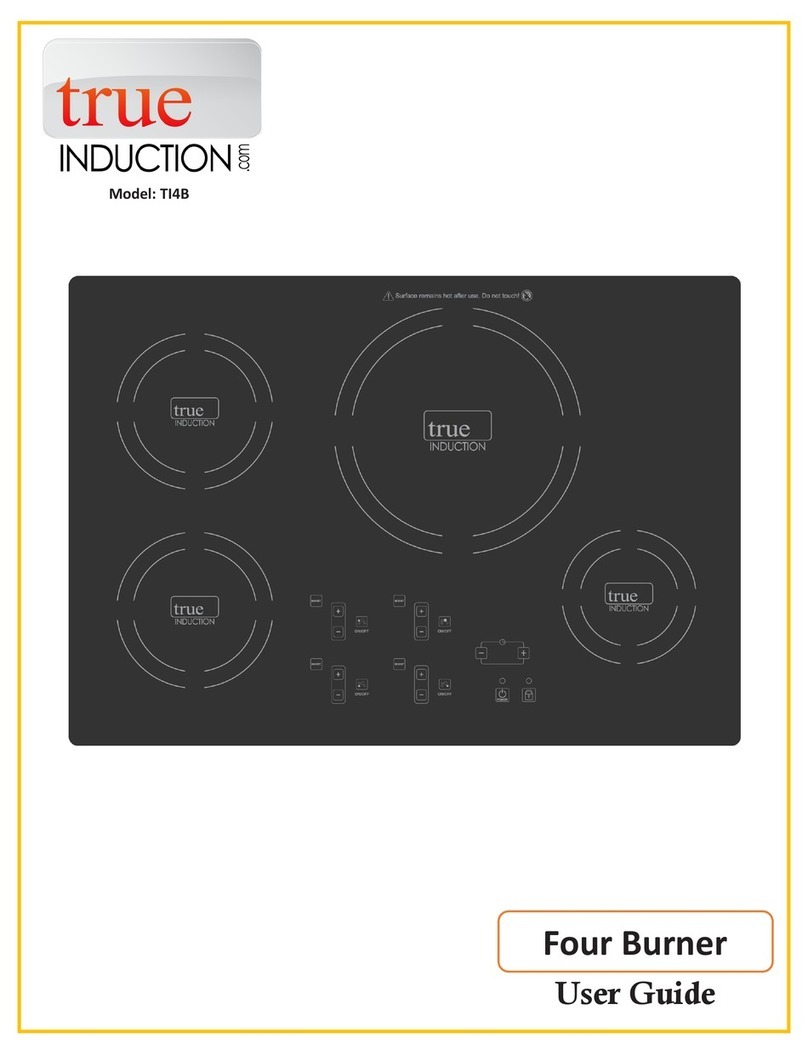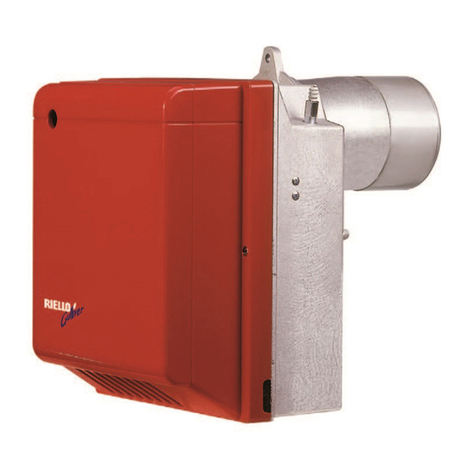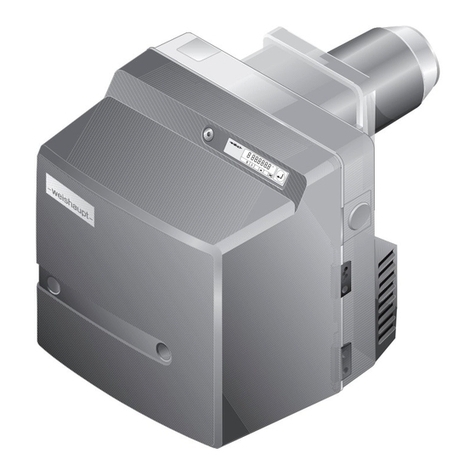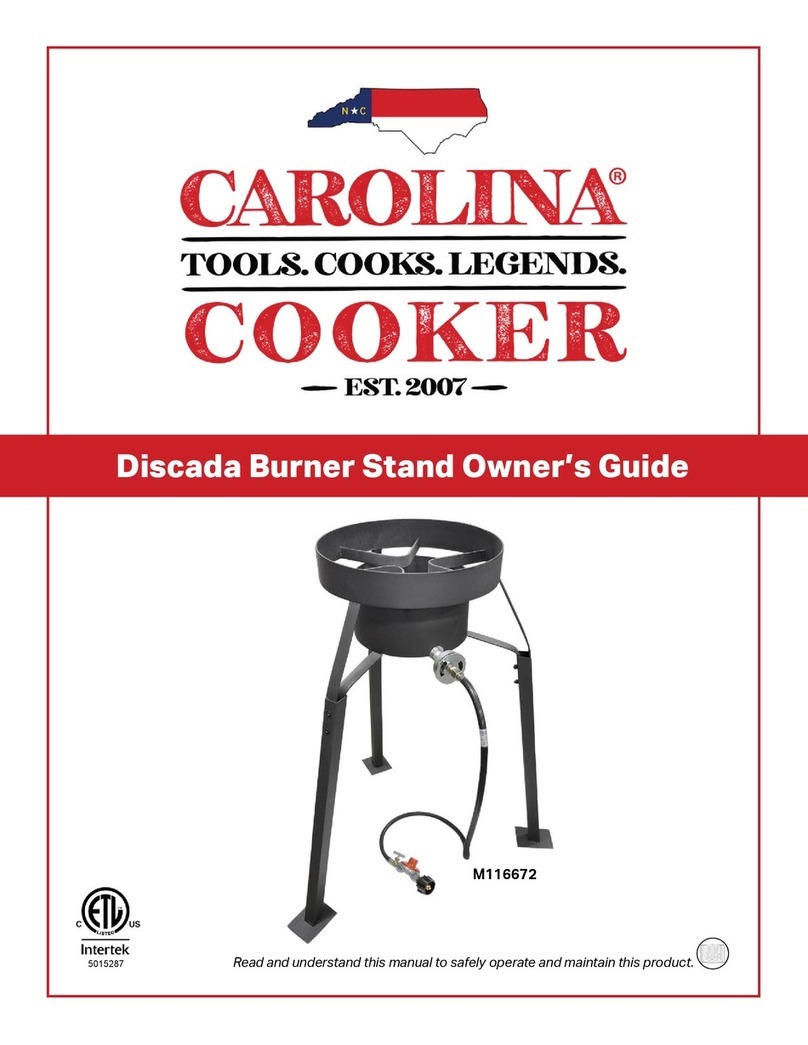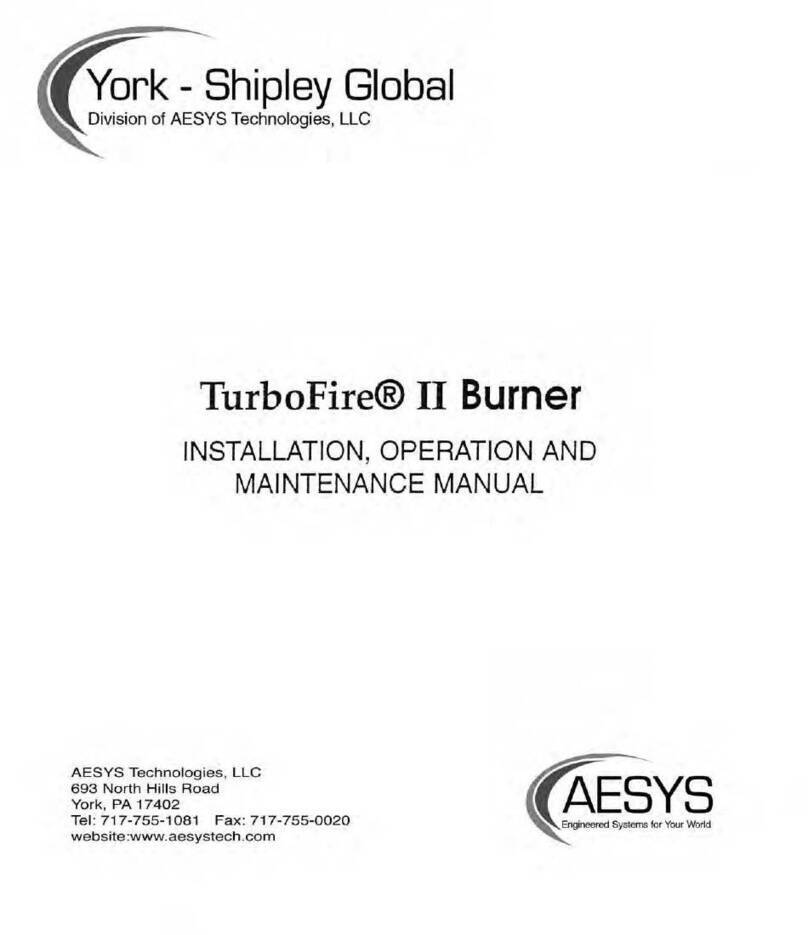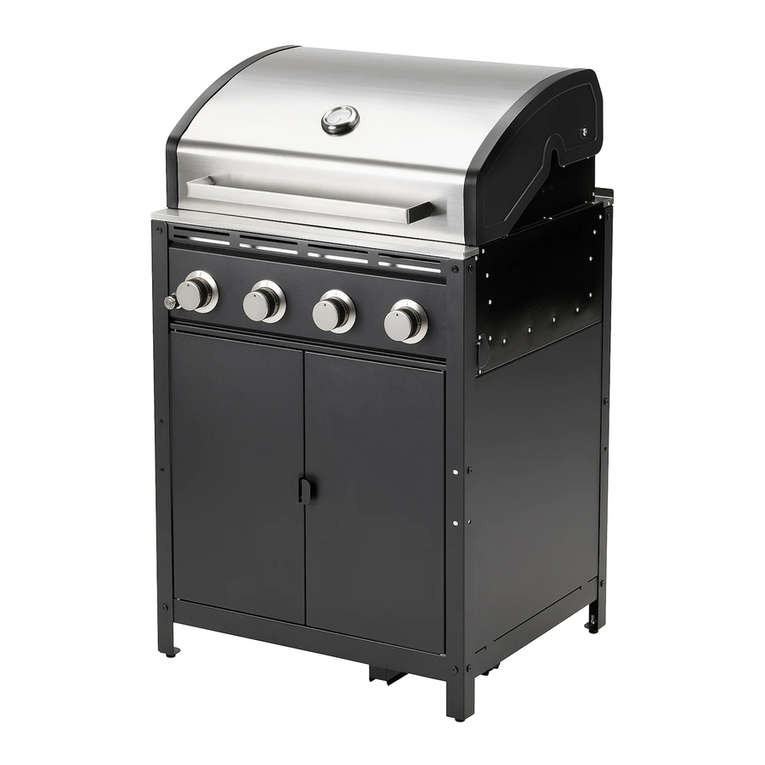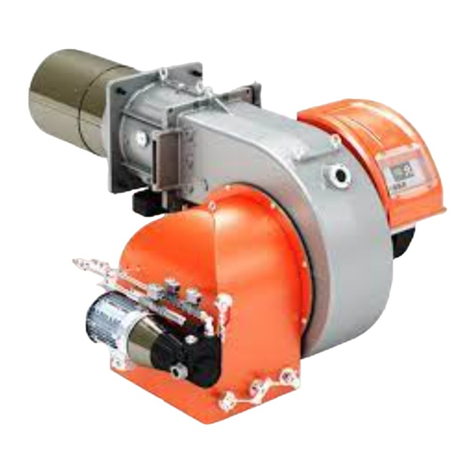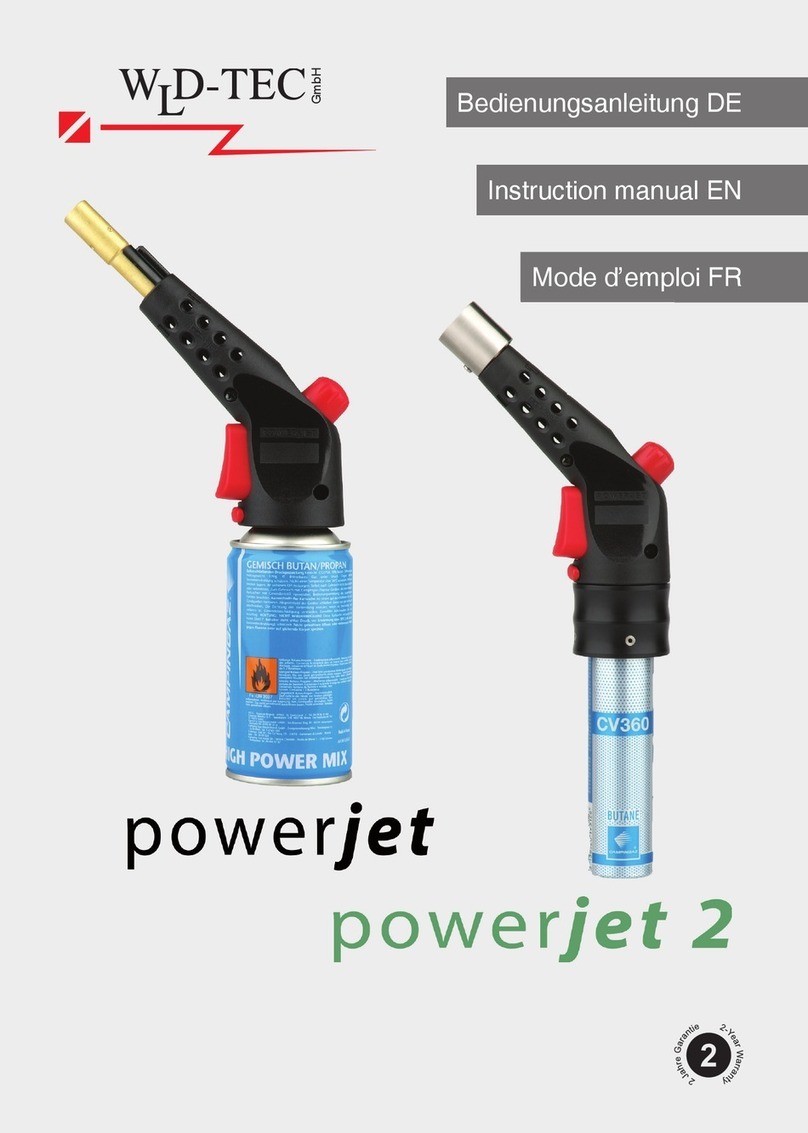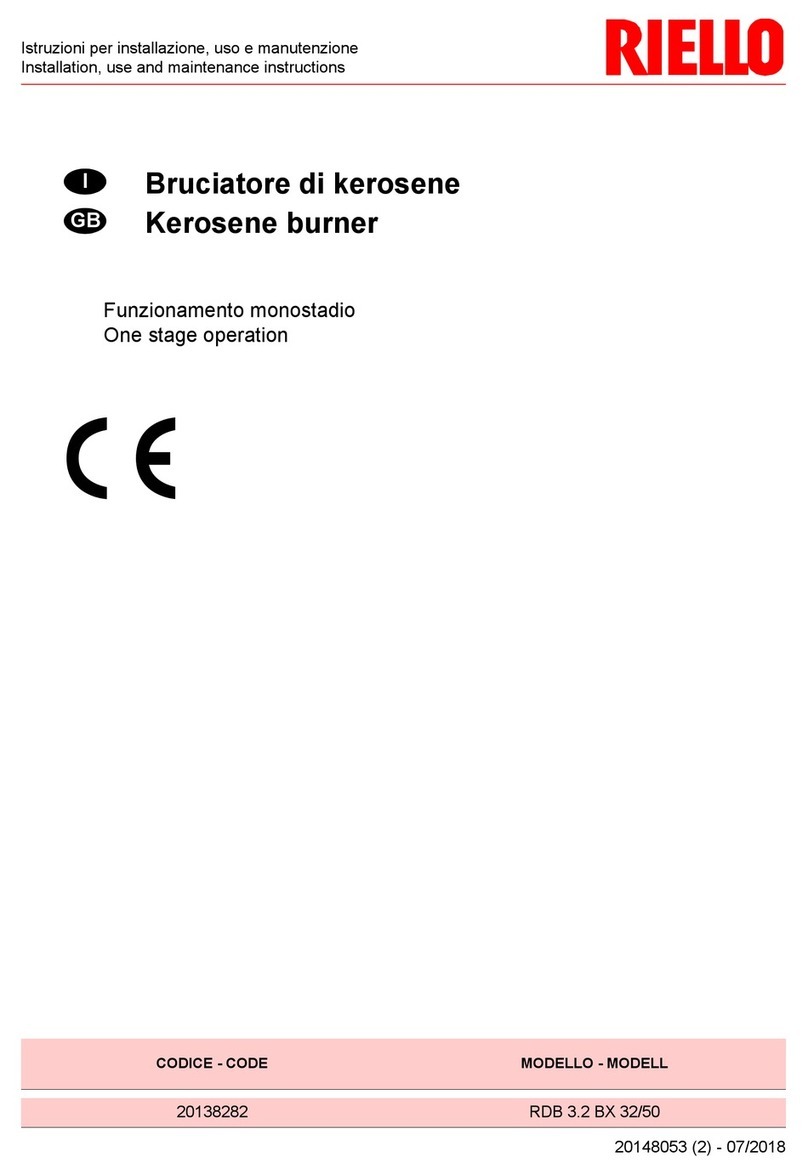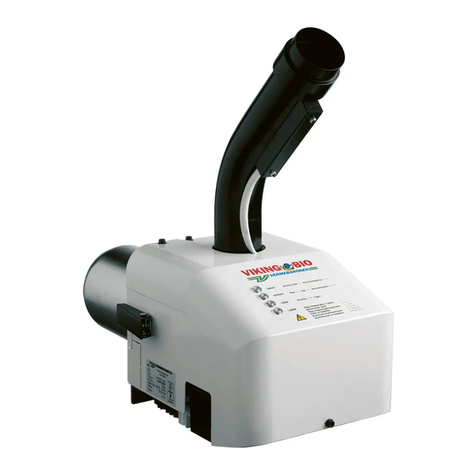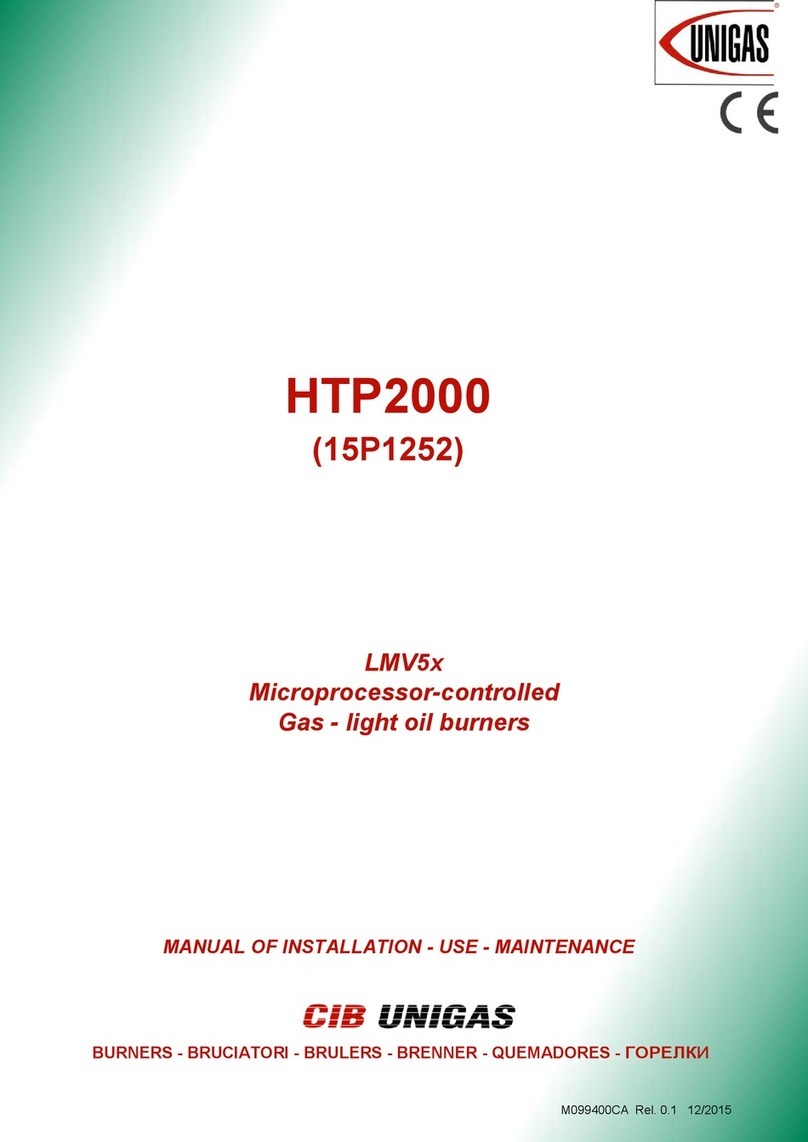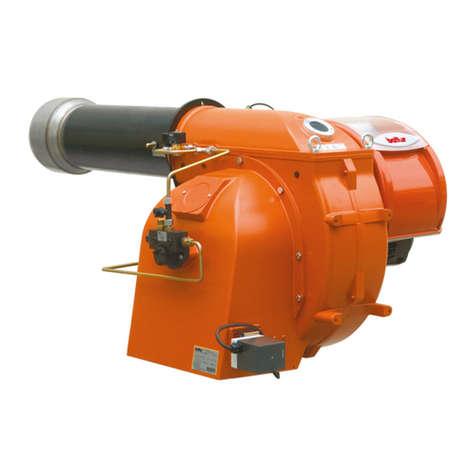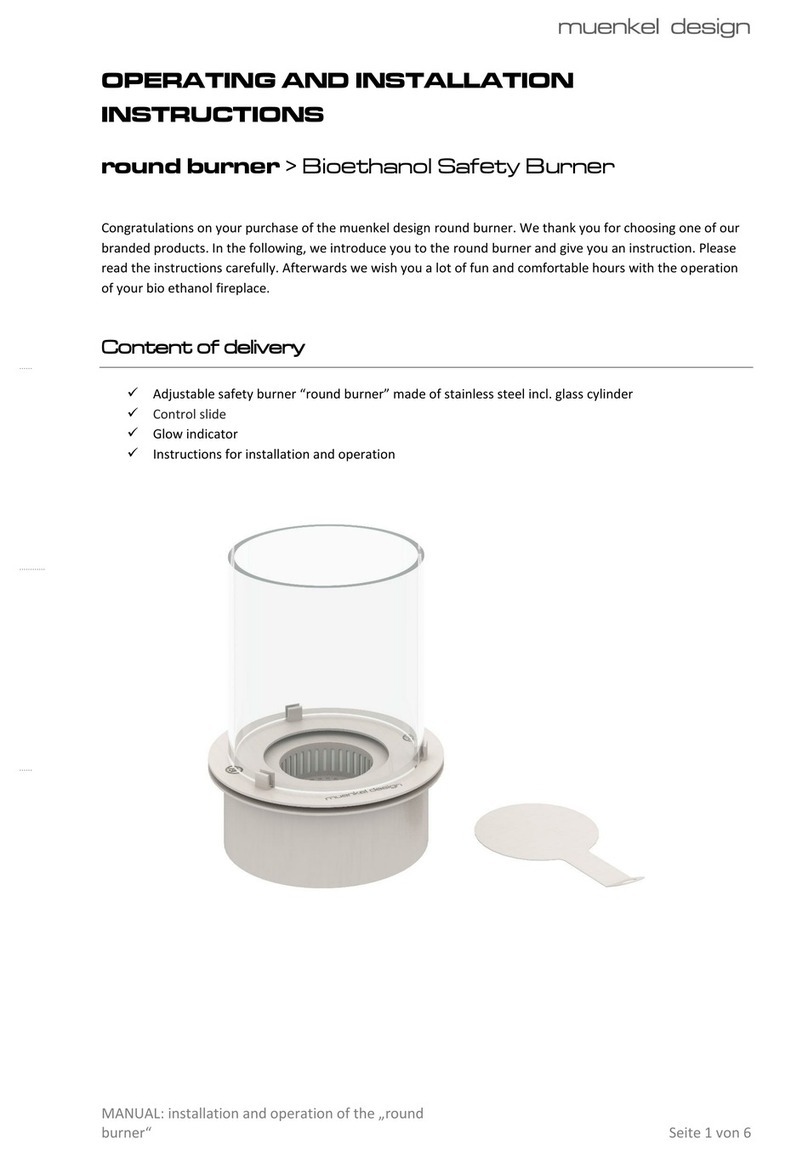Safety and handling
Read these instructions carefully before installation,
adjustment or service is carried out. Keep the
instructions close to the burner.
Check that the burner has not been damaged during
transport. Report any transport damage to the carrier.
Check that the delivery is complete.
The Viking Bio 35 is designed to fire 6 or 8 mm wood
pellets after it has been installed on a boiler in a boiler
room that meets the standards of the Swedish National
Board of Housing, Building and Planning. The Viking Bio
35 may not be fired with any other combustible material.
A chimney-sweep must be contacted before a different
type of fuel is used. No building permit or notification is
normally required if the existing boiler can be fired with
pellets. Contact your municipality regarding restrictions
on burning solid fuel in a densely built-up area.
All installation must be performed by an authorised
person in accordance with the existing regulations.
Correct installation in combination with correct
adjustment and continuous service will produce high
operational reliability and good heating economy.
Correct settings are important for good heating economy
and the service life of the parts in contact with flames.
Optimum adjustment is possible only using flue gas
analysis instruments.
The burner’s parts in contact with flames are wearing
parts that need replacement as required. Use only
original spare parts. Spare parts that do not meet
Värmebaronen’s specifications may have an impact
on safety.
Always contact your installation engineer for service.
The type and serial number of the burner must always
be specified when ordering spare parts. See the rating
plate.
The burner must not be modified, changed or converted
in any way.
Värmebaronen AB reserves the right to change the
specification, in accordance with its policy of continuous
improvement and development, without prior notice.
Subject to amendments and printing and proofreading
errors.
Before service and maintenance work are started,
the system must be disconnected from the main power
supply.
Only authorised persons may work on the system.
The burner may not be used by children or people with
physical or mental impairments. Nor by children/people
who lack knowledge about the boiler.
Children may not play with the burner and connected
accessories.
Risk of crushing! Never touch the feed auger when
the burner is switched on.
Never disable the safety equipment!
When the burner is in operation, the feed auger’s plug,
the power supply, must never be removed from the
burner!
The following icons are used in these instructions to
indicate important information:
Information that is important for optimum
operation.
Tells you what you should or should not do
to avoid personal injury.
Tells you what you should or should not do
to avoid a component, the boiler, a process
or the environment from being damaged or
destroyed.
Electrical hazard!
Key to symbols
< means less than
≤means less than or equal to
> means greater than
≥means greater than or equal to
10 Pa ≈1 mm column of water

